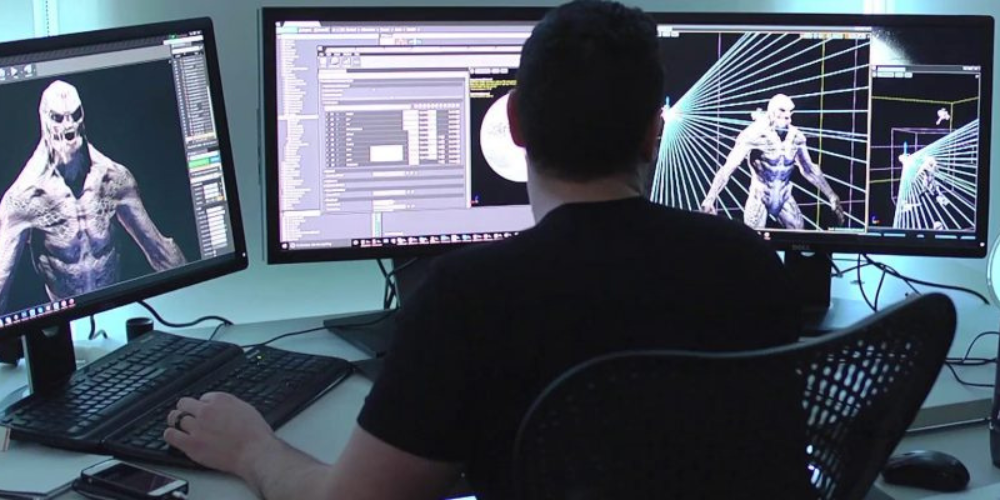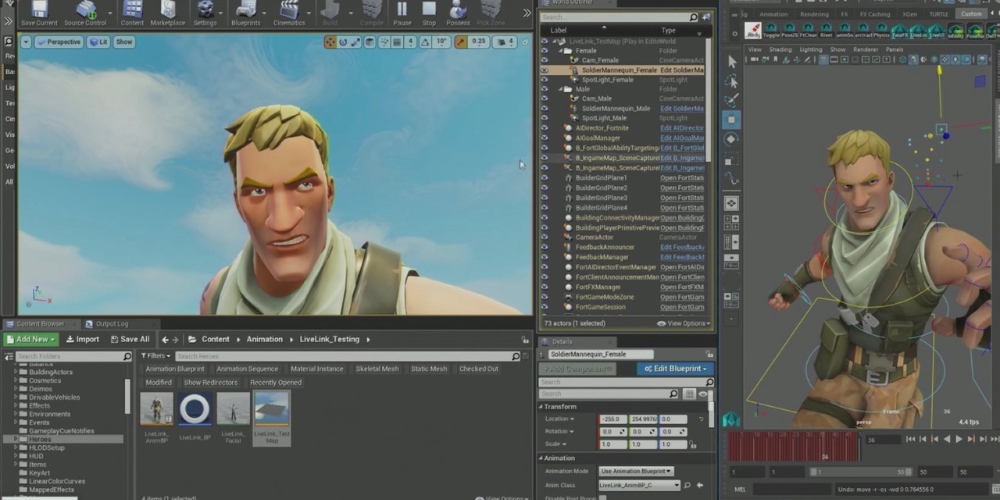The Conception: The Dawn of an Innovative Idea
Ever wondered where it all begins? Like many artistic and innovative processes, the genesis of game development starts with an idea. This initial spark of creativity is the cornerstone of what could potentially become a captivating and immersive gaming experience. However, this process is far from straightforward. Crafting a notion that ensnares players' attention, piques their curiosity, and keeps them engaged over time is a monumental task that requires a multi-faceted approach.
It necessitates not only a burst of creativity but also a keen comprehension of the ever-evolving gaming market and an intuitive understanding of what gamers truly desire. This means staying abreast of current trends, recognizing the desires and preferences of various demographics, and predicting future shifts in the gaming landscape.
It's a delicate balance between innovation and familiarity, requiring developers to push the boundaries of what’s possible while delivering a sense of comfort and ease that resonates with players. Through meticulous brainstorming and a deep dive into the psyche of gamers, the initial idea begins to take shape, laying the foundation for what could become the next big hit in the gaming world.
Developers often get insights from a multitude of sources, including current market trends, player feedback, or even personal experiences. The ultimate goal is to construct a game that emotionally resonates with the players, all while ensuring that the gameplay is both enjoyable and stimulating.

Main Stages Of Video Game Development
- Conceptualization: This is the initial stage where ideas for the game are brainstormed and a rough outline of the game is created.
- Pre-production: In this stage, a detailed plan is prepared. This includes designing the characters, gameplay, art, story, and sound. The game design document is created in this stage.
- Prototype: A basic version of the game is created to test the gameplay and mechanics.
- Development/Production: This is the main phase of development. The game levels are created, characters and objects are designed and added to the game, and sound and music are incorporated. The game programming also takes place in this stage.
- Testing: The developed game is tested rigorously to identify and fix any glitches, bugs, or any potential issues.
- Pre-launch: Once all bugs and issues have been fixed, the game goes into the pre-launch phase. This includes marketing the game and generating anticipation among players.
- Launch/Release: The game is released to the public. This stage also includes monitoring and solving any issues that may be reported by players.
- Post-production: This involves releasing updates, patches, or any additional content and continuously improving the game based on player feedback and needs.
- Maintenance: Regular updates and fixes are made, as well as any potential additional content to maintain player engagement.
The Game Design Document (G.D.D.): Charting the Course
Once the fundamental idea is mentally sculpted and meticulously polished, the next step is to translate these scattered sparks of inspiration into a comprehensive blueprint - the Game Design Document (G.D.D.). This document is pivotal in the game development process as it covers everything from visual aesthetics and story development to character designs and unique mechanics. It goes as far as outlining the user interface layout. While the G.D.D. is an essential cornerstone, it is not rigid or unchangeable, as adjustments and revisions likely become necessary throughout the development process either due to practical reasons or changes in the creative direction.

Pre-Production: Building the Bedrock
With the formal G.D.D. to steer the game development process, the pre-production phase gets underway. It's at this stage where prototypes for various game elements - such as artworks, level designs, or gaming mechanics - start taking shape. This prototype creation helps the development team have a tangible way of understanding how the theoretical elements of the G.D.D. transform into practical applications. It also allows for the identification of elements working well and those requiring additional refinement. During pre-production, the team structure is also established, and roles are clarified, ensuring everyone knows their place in bringing this thrilling new endeavor to life.
Production: Breathing Life into Concepts
Then comes the exciting part: the production phase. This truly enchanting stage is where initial concepts start to glow under the wand of creativity. The whole team - programmers, artists, writers, and sound designers - gets involved to inject life into the game. The otherwise sterile words of programming code begin to dance, the aesthetically pleasing visuals develop, captivating dialogues evolve, and immersive audio effects stir into existence. The production phase, often the most prolonged stage, is a cycle of creation, testing, gathering feedback, and perfecting - ensuring that the end product aligns seamlessly with the original vision.

Post-Production: Smoothening and Wrapping-Up
Once the components of the game are stitched together, it's time for the post-production phase. Now, this stage isn't about just adding the finishing touches. It's a process of diligent play-testing, identifying and fixing bugs, refining visuals and sounds, and optimizing the game to ensure smooth and uniform performance across different platforms. During this phase, the game should move towards perfection, with every single glitch ironed out. Concurrently, the marketing team shifts into high gear to create a buzz and build anticipation among potential players around the world.
The Big Release: It's Game On!
The moment everyone has been waiting for! This crucial step marks the end of a long, exhilarating journey laced with creativity, incredible ideas, arduous development, and numerous stages of refinement. The release of the game signifies the fruition of countless hours of relentless hard work. As the games become available and find their way into the hands of eager players, each piece of feedback, positive or negative, is treated as a stepping stone towards potential updates and future projects. But it doesn't end here. The release also signifies the responsibility of providing continual support, improvements, and updates to the player community.
Wrapping It Up
Equipping you with a deep understanding of the game development process, from ideation to the big release - each stage underscores the necessity of calculated choices, visionary thinking, and an unyielding commitment to creating an unforgettable gaming experience. As abstract ideas transform into concrete, immersive experiences to be enjoyed by millions of players worldwide, we realize the wonder and complexity that engulfs the world of game development. It's a remarkable testament to human creativity and technological advancement, which opens up infinite dimensions of entertainment.